After we had chosen between the North and South of Burgundy have been hanging around, it is now time to explore the monster that lies in the middle. Like a sleeping dragon, the Côte d'Or from Dijon almost 50 km southwards to Chagny.
The name does not refer to the prices that some of their matured wines can reach, but to the colour in which the slopes of the Autumn leaves of the vines painted. Another common idea is that the name is an abbreviation for Côte d'Orient, as the slopes on which the vines grow face (mainly) east.
A monster, a dragon. Maybe that's a little too much, but everyone feels a little daunted talking about one of the most complex and valuable wine regions in the world.
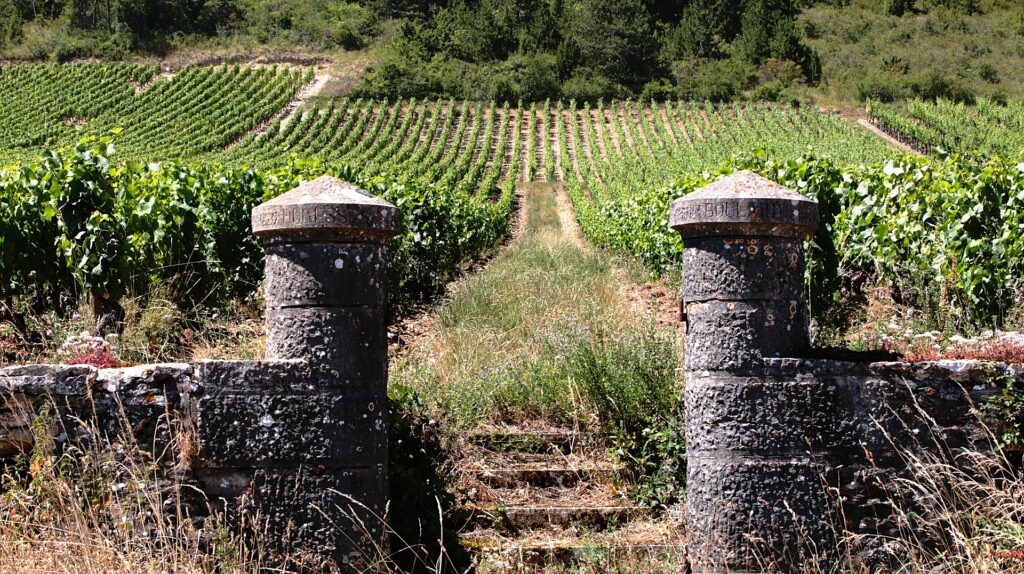
Let's start with some cold facts, especially the simple ones.
The Côte d'Or is divided into two wine-growing areas:
- The Côte de Nuits in the north, named after the town of Nuits-Saint-Georges.
- The Côte de Beaune in the south, named after the town of Beaune.
The former is home to some of the best red wines made from Pinot Noir, while the latter produces great white wines from Chardonnay in addition to the reds.
The soil is mainly Jurassic limestone, which benefits both the Chardonnay and the Pinot Noir.
End of the easy part - now the monstrosity begins.
The region has puzzled wine geologists for a very long time.
In the 12th century, the Cistercian and Benedictine monks were already aware of the differences between the individual crus. In the 14th and 15th centuries, the Dukes of Burgundy did everything possible to promote the region's wine development.
In more recent times, soils and subsoils, winds and temperatures have been accurately measured.
And yet no one can definitively prove the connection between the incredible variety of nuances that distinguish each parcel from the other and the great wines that are produced here.
It is a mixture of all factors.
The climate (mesoclimate) and the soil of each cru (for example, oolitic limestone is more porous and provides better drainage compared to marl); the small valleys (called combes) that mix up the soil composition and ultimately change the orientation of the slopes; and the choices of each individual winemaker (totally or partially de-stemmed grapes, maceration, fermentation temperature, type of oak barrels and so on...).
And let's not forget that the Côte d'Or is strongly influenced by weather variations, so that each vintage can show great differences. In some years the Pinot Noir Difficulties in fully ripening (2004, 2008, 2011), forcing growers to produce low yields. Some hot vintages can have more tannins (1976 and 1983). And then we have the incredibly fine vintages of 1978, 1990, 1999 and 2005.
But that's not enough, is it?
Let's take a look at the classification of the different crus. Good luck.
The Grand and Premier Crus are mainly located between 250 and 300 metres above sea level, where the slopes become steeper and the topsoils stonier.
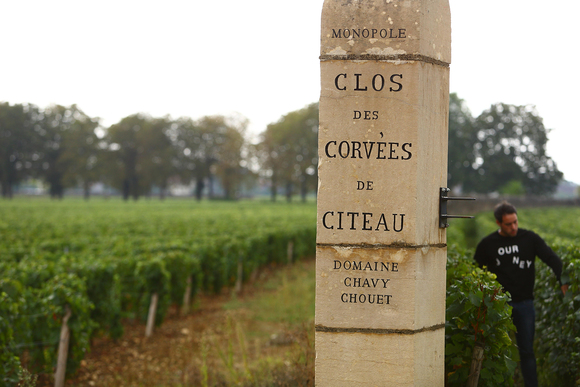
There is 31 Grand Crus, mainly in the Côte de Nuits. They are identified by a single vineyard name (Montrachet, Chambertin, Echézeaux, just to name a few).
Premier Crus bear the name of the commune followed by that of the vineyard (e.g. Beaune-Les Greves) or, if it is a blend of different Premier Crus, the name of the commune plus the word "premier cru" (e.g. Nuits-Saint-Georges Premier Cru).
In third place is the Appellation Communale, or village wines. They have the right to use the name of the commune (e.g. Marsannay), sometimes followed by the name of the specific vineyard in smaller type.
At the lowest level, we have wines that can only be labelled as "Bourgogne" may be sold.
Although this ranking system can give some indication of the quality of the wines, we must remember that you can often find great bargains among the lower classifications. One example that should be mentioned is the Hautes-Côtes area ("de Beaune" and "de Nuits"), which lies above 400m and is exposed to lower temperatures. The wines are light and fine and in some hot years, such as 2009, truly exceptional.
The Côte d'Or is definitely a place where every wine lover can lose himself forever and pleasantly.
The red wines can be heavier or more elegant, but they all show great concentration. Over time, the bouquet of soft red fruits becomes more complex and reaches the French term sous-bois.
The white wines are characterised by their full body, balanced acidity and the persistence of the aromas. The wood notes disappear with time and leave room for the fineness of the fruit.
In the end, we love this complexity!
The endless differences between the plots and the wonders of wine ageing are the little treats around our well-filled glasses.
Sous-bois
"Sous-bois" is a French term that translates into German as "undergrowth". In a literal sense, it refers to the area under the tree canopy in a forest, including small trees, shrubs, herbs, grasses and the forest floor, which is usually characterised by shade, cooler temperatures and high humidity. The understory is an important part of any forest ecosystem and provides habitat for a variety of organisms.
In the context of art, "sous-bois" is often used to describe a genre of painting that depicts woodland landscapes, particularly the dense vegetation under the canopy of trees. This style was particularly favoured by many painters of the 19th and early 20th centuries, including the Impressionists and Post-Impressionists such as Vincent van Gogh and Paul Cézanne.
In a wine context, "sous-bois" is used to describe certain aromas and flavours that may be reminiscent of a forest floor or undergrowth. This term can refer to a range of scents and flavours, including earthy, mushroom, damp leaves, moss or wet soil.
These characteristics are often found in mature red wines, particularly those from Burgundy made from Pinot Noir grapes, but can also be present in other wines. "Sous-bois" notes in a wine are often seen as a sign of complexity and can add depth to a wine's flavour profile. As with all aspects of wine tasting, whether these characteristics are seen as positive or negative can depend on personal preference.
A little compass from Living Wines.
Chavy-Chouet
Chavy-Chouet can be a wonderful starting point to explore the possibilities that the region offers.
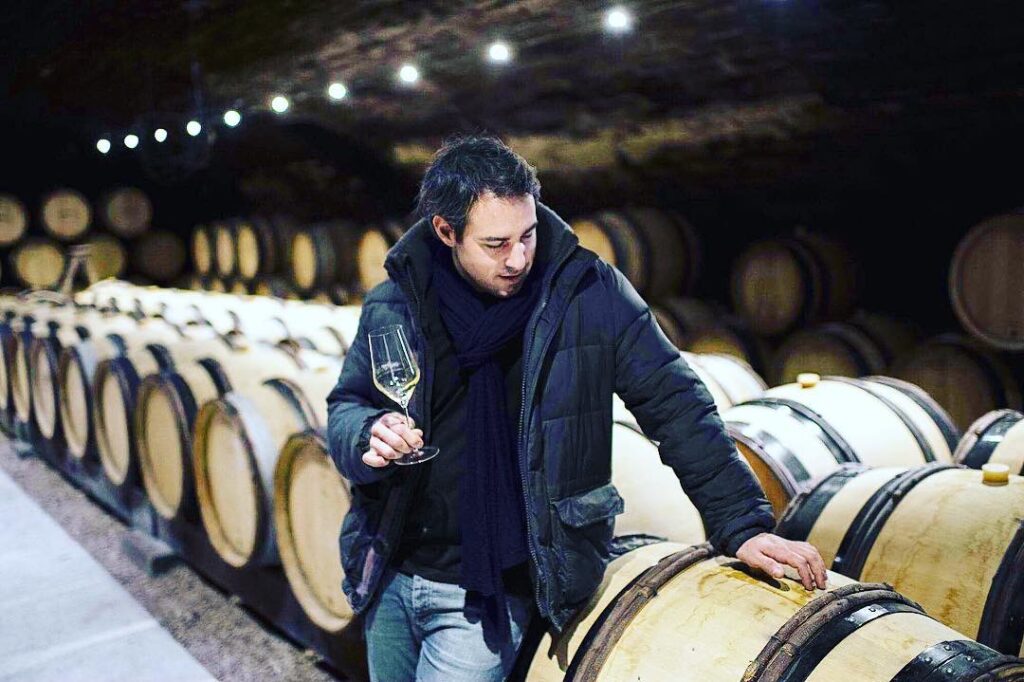
Situated in the Côte de Beaune, the winery now run by Romaric Chavy and his wife offers an impressive portfolio of vineyards. The outstanding parcels in Mersault ("Les Narvaux", "Les Charmes", "Les Genevrières" and the monopole "Clos de Corvèes de Citeau") are together with the Premier Crus "Les Chanlins" in Pommard and "Les Folatières" in Puligny-Montrachet. The "basic" Bourgogne blanc and Bourgogne rouge are already great value for a very affordable price, while the Bourgogne Aligoté "Les Maréchaux" can give you an idea of this rediscovered autochthonous grape.
I leave you with the pleasure of browsing this portfolio, I can only try to capture the style of Chavy-Chouet to be described as fresh and precise, driven by power and finesse.
Despite his young age, Romaric Chavy has seven generations of winemakers behind him.
He farms vines that are up to 70 years old, and has done so without herbicides for 30 years and organically for several years.
Trapet Père & Fils
In the Côte de Nuits, the Domaine Trapet Père et Fils decided to extract the essence of the Gevrey-Chambertin terroir.
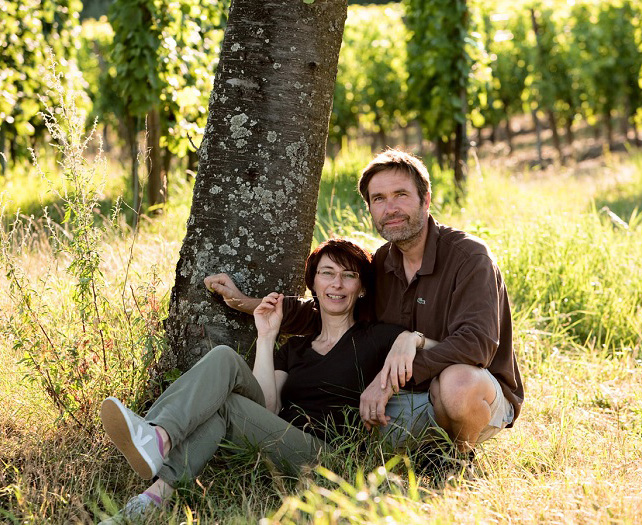
The term terroir is much more than a place. It is the fusion of soil, climate and people.
The "Chambertin Grand Cru„ sums all this up in one bottle. There is the prestige of a name that first appeared in documents dating back to 630, but also the moment when Arthur Trapet decided to buy his first piece of land here in 1919. There is the complexity of a soil of marl limestone with excellent clay. There is a whole, infinite universe.
"Cuvée Ostrea" is a blend of the oldest vines within the estate. The name comes from the fossilised oyster Ostrea Acuminata found in the plots of Gevrey. The wine itself is a tribute to the soil, here to remind us how the land is the very principle of every winemaker's work.
Domaine Trapet Père et Fils is a must for anyone who wants to explore the deep underworld that lies beneath Burgundy, especially all the sweet little nuances of Gevrey-Chambertin.
Darviot-Perrin
Back in the Côte de Beaune, we find the Darviot-Perrin winery.
The winery Darviot-Perrin in the Côte de Beaune has its origins in the experience and lands Didier Darviot received from his father-in-law and winemaking legend Pierre Perrin. Today, the 11-hectare estate includes some of the finest vineyards for Burgundy red and white wines. The focus is on biodynamic care of the vineyards and minimal intervention. The aim is to preserve the quality of the grapes in the best possible way.
Didier retired in 2017 and handed over the management of the winery to his son Pierre-Antonin, who converted the production to 100% biodynamic. The vines on the vineyards are on average 60 years old, some are even over 90 years old, and are fertilised with organic compost.
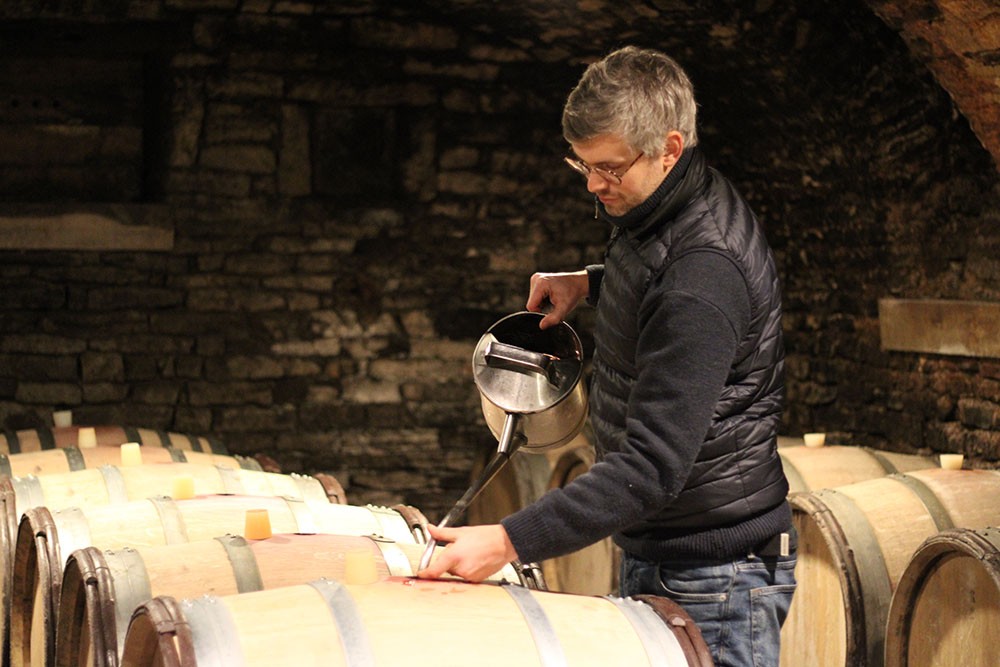
The floors of Chassagne-Montrachet are slightly less stony than those of Puligny, with more clay and a little more marl. This results in Chardonnays that are somewhat fuller, juicier and fruitier than their neighbours.
The Chassagne-Montrachet 1er Cru Blanchots Dessus by Didier Darviot is a remarkable combination of nature's gifts and the winemaker's craftsmanship. Born in the gravelly limestone soil of his small, time-honoured vineyard - affectionately referred to by the locals as "Pieds du Montrachet" - this wine captivates with its distinctive character.
Across vintages, it has been consistently celebrated for its cool yet ripe note, full-bodied richness, seductive mouthfeel and lively, firm finish, with a hint of saltiness adding a unique twist. The Chassagne-Montrachet 1er Cru Blanchots Dessus remains a captivating tale of history, refined flavour and sensual pleasure.
We hope you enjoy tasting it!
Here you will find all our Burgundy winegrowers.
